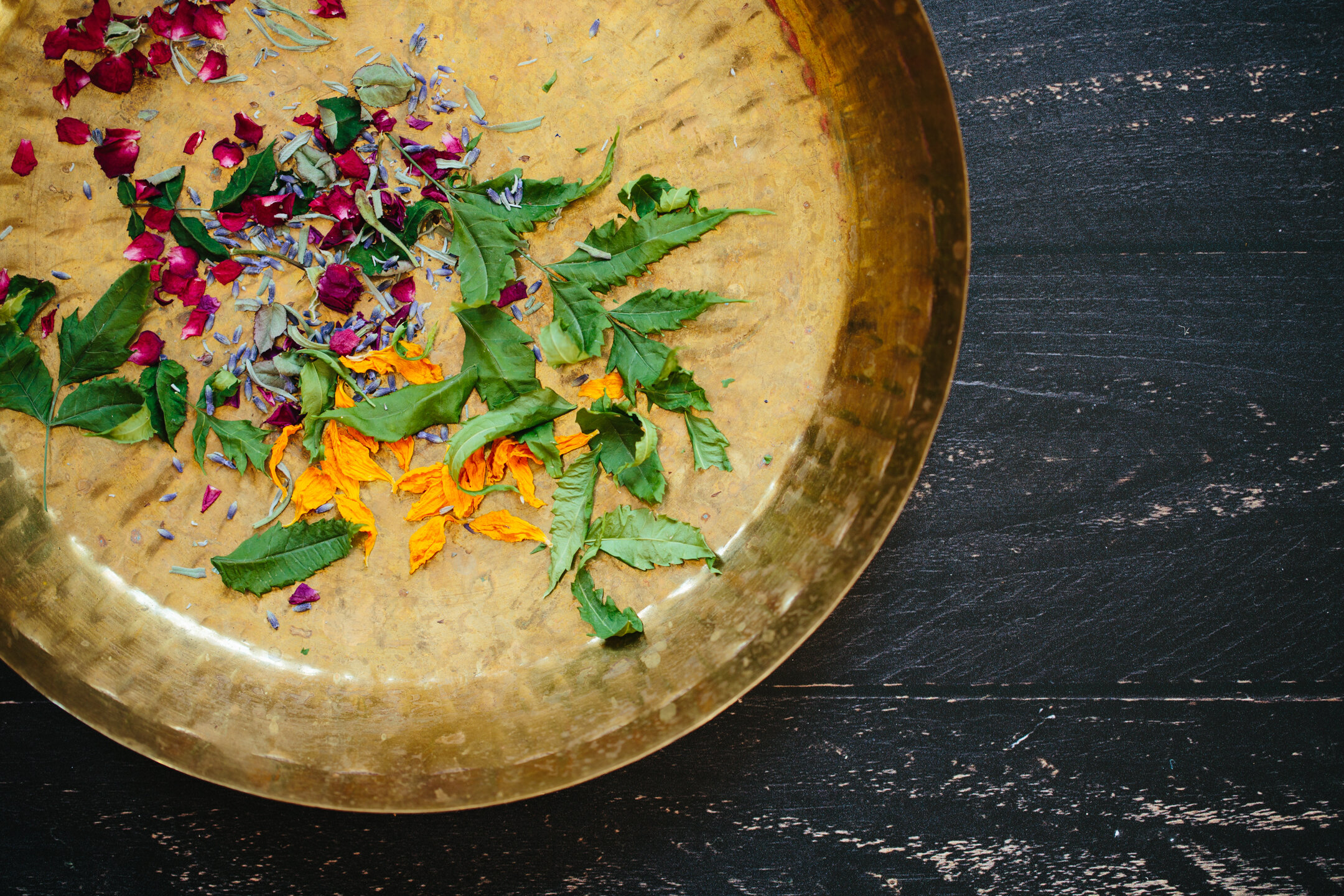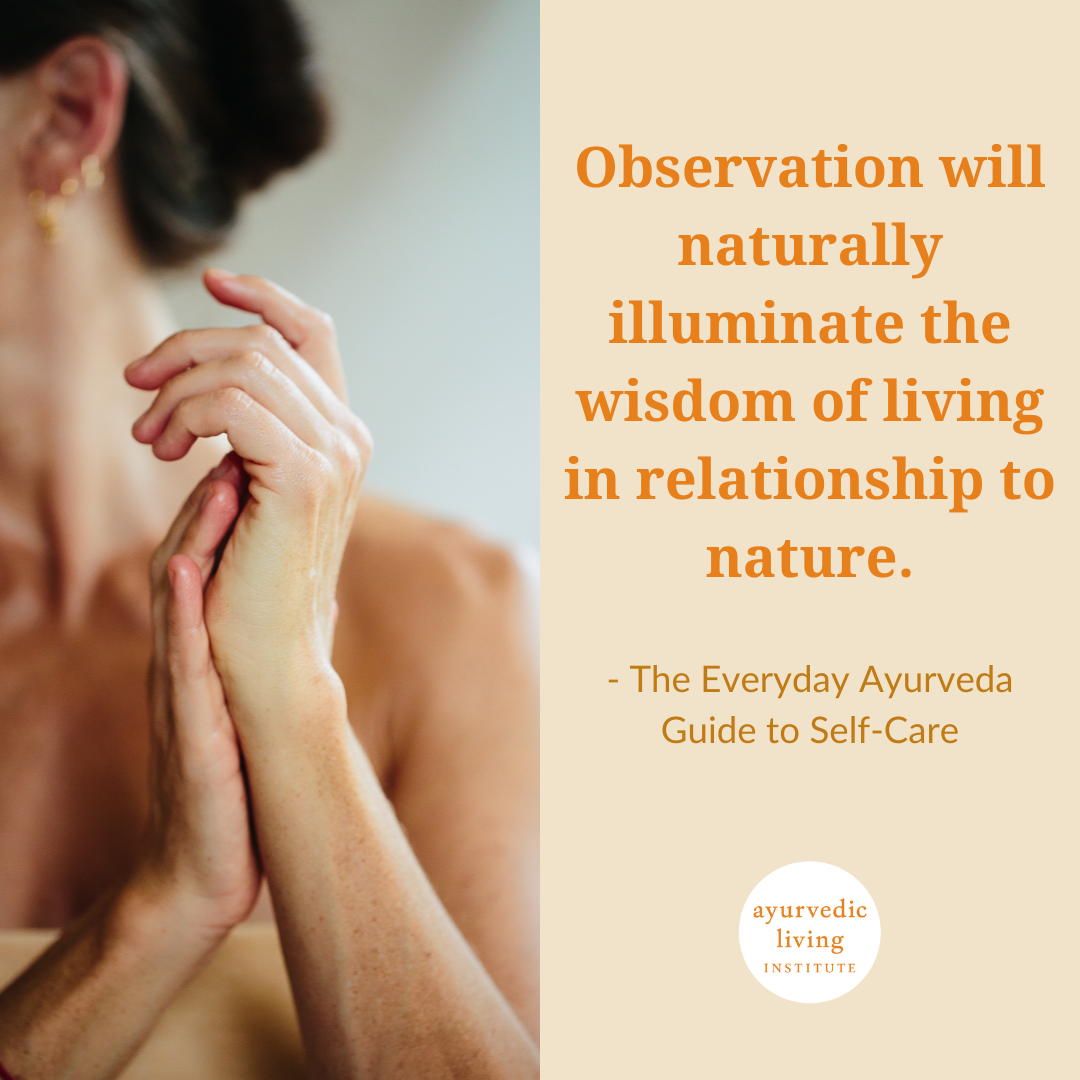
THE SEASONAL BLOG
The Seasonal blog is a collection of articles and musings from Ayurvedic Practitioner, Kate O’Donnell.
Here you’ll find a sanctuary of Ayurvedic recipes, lifestyle insights, and self-care rituals designed to nurture your entire being.
Happy reading!
The Srotamsi system, my FAVORITE topic in Ayurveda.
We know that in the workings of the body, there is a lot of stuff getting moved around. Fluids, wastes, nutritive materials, and energy, to name a few, are constantly being transported throughout the body by an intricate system of tubes. These “tubes” are called srotamsi in Ayurveda, and a single tube is called a srotas. The word suggests the activity of flowing, and this channel system is constantly in a state of flow.
Which is infinitely cool! We are such dynamic beings!
A lot of the self-care practices, bodywork, and dietary wisdom of Ayurveda are working behind the scenes to maintain healthy channels. Many yoga postures, breathing techniques, and visualizations are also designed to increase circulation and break up pranic blockages.
Baked Apple Madness!
OMG, this is such a favorite, people show up at my house with bags of apples and hopeful smiles. It comes together quickly and is a balanced meal unto itself while following the “rules” about combining fruit with food. Believe me, you, if I eat baked apples with nuts and oats and all kinds of crazy fillings, I will be a hot air balloon. Thus, I made this recipe. Personally, I eat them alone and not as a dessert (again- the wind!) Fruits and fruits alone. Let me know if you make these and please give me a story about sharing it!
4 large apples, cored
1/4 cup dried cranberries
1/2 cup raisins
4 dried figs, finely chopped
2 dried apricots or dates, finely chopped
3 tsp sweet spice mix
1 cup apple juice, cider, or water
16 whole cloves, for decorating the apples
4 tsp honey, optional for garnish
Preheat oven to 350.
Mix all the filling ingredients together in a bowl and let them soak while you core the apples.
Pierce each apple with four cloves (for flavor and decoration). Place the apples side by side in an 8x8 baking dish.
Spoon the filling into the cored apples, letting some sit on top of apples. Pour remaining juices over top and into the pan.
Bake for 25 minutes or until very tender. For added flavor, you can “baste” the apples by spooning some of the liquid from the bottom of the pan over the apples part way through cooking.
Note to self: if you don’t get bloated when you mix fruits and foods, don’t worry about it. Just don’t do it every day. Questions? I’ll bet you do. Post ‘em in the comments.
Pat is on the back for healthy habits this fall!
Habits hinge on each other, as a daily routine winds along a path of interdependent activities. The time you get hungry for lunch depends on when you had breakfast. The time you fall asleep depends on the time you woke up that day. Adding even one of these routines is a big deal. Go ahead, pick an easy one, and see how it changes you. I’ll bet you come back for more.
And remember, bodies want to be healthy- it’s their job. Helping them out a bit with wise choices is a great practice that adds up to a longer, happier life.
The Power of Observation
It’s easy to get so busy that external changes go by without notice. One of the ancient messages of Ayurveda that can help us greatly now is the practice of observing seasonal changes. Observation will naturally illuminate the wisdom of living in relationship to nature.
The aspects of our world which are true and undeniable: change, age, hunger, thirst, sleeping, and waking, will speak to us as soon as we start listening. Ritucharya is the science and art of listening and responding to the changes around us. The right thing to do at any given time becomes clear through presence as well as practice.
Should skinny people do a cleanse?
Knowing when to introduce building qualities and when to introduce reducing ones makes all the difference. One must be strong enough to cleanse without creating a deficiency in the tissues. A person with zero body fat should not lose weight in the name of a seasonal health regimen.
For this person, undertaking a cleanse might look like not eating junk food, and eating only foods that nourish the body. This allows a clean-up to go on. But it also requires a focus on nourishment, and preparation of good food, possibly more than three times daily. Cooking, grocery shopping, sitting down, and eating.
To cleanse or not to cleanse?
It’s fall and folks are talking about kitchari cleansing. Just do it?
A big problem I see often: people want to take on a cleansing diet, but keep the same rigorous lifestyle. This is a no-go. Rest is an essential aspect of Ayurvedic cleansing. If the attention and senses are going outward all day, this activity requires nourishment- juice won’t cut it. The inner channels, which may indeed be in need of a sweep-and-mop will not receive the body’s care when the attention is outward most of the time.
It is not a more-cleansing-is-better kind of thing, and there are many individual factors to consider about how best to improve life. Cleansing can also be a clearing of old habits, energy patterns, or messy desk space. The point is to slow down enough to take stock of your daily rhythms, your diet, and your dinacharya practices and see how they are serving you.
OJAS: the Cream of the Body
An insanely interesting and important topic in health and wellness.
Unlike Prana and Tejas, Ojas is a substance. Like cream as the essence of milk, ojas is the end product of digestion, produced once all the dhatus are nourished, and is the stuff of vitality and immunity.
Charaka calls Ojas “the nutrient cream of the body,” and “that which keeps all the living beings refreshed.” Like honey, Ojas is the nectar of nutrition, and it takes volumes of food and days of digesting to produce a small amount.
During the process of digestion and metabolism, a small amount of Ojas is released into each tissue layer before the remaining nutrition is passed onto the next layer. This provides immunity and strength for each tissue. The refined end product, which takes thirty days to produce from food, results in Ojas for the vitality and longevity of the entire body.
OJAS AND AGNI
Ojas building foods are sweet, unctuous, heavy, and cool: such as dates, milk, almonds, avos, ghee. Such foods are always prepared warm, using digestive spices, and maybe enjoyed on an empty stomach, or as an evening tonic, depending on the person’s digestive capacity.
You can find a recipe for Ojas bars on my blog: link to blog here
It’s one thing to know what substances support the body best, and how all that nutrition gets around, but if it’s not being digested well, to begin with, anything that enters the body is potentially more harmful than helpful. Poorly digested food is the beginning of the disease. This is where the concept of Agni comes in, the digestive fire at the center of it all that transforms food into nutrition.
From an Ayurveda point of view, digestion is a key factor in immunity. To be vital and feel juicy requires a body that is getting full power from its food. There is so much more to share about how to use ojas-factor foods in the best way and how to get strong from within.








